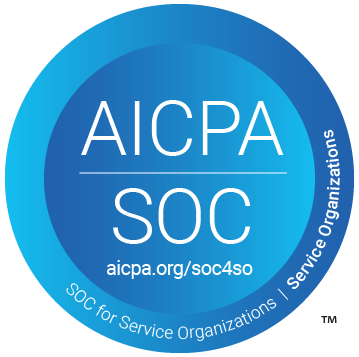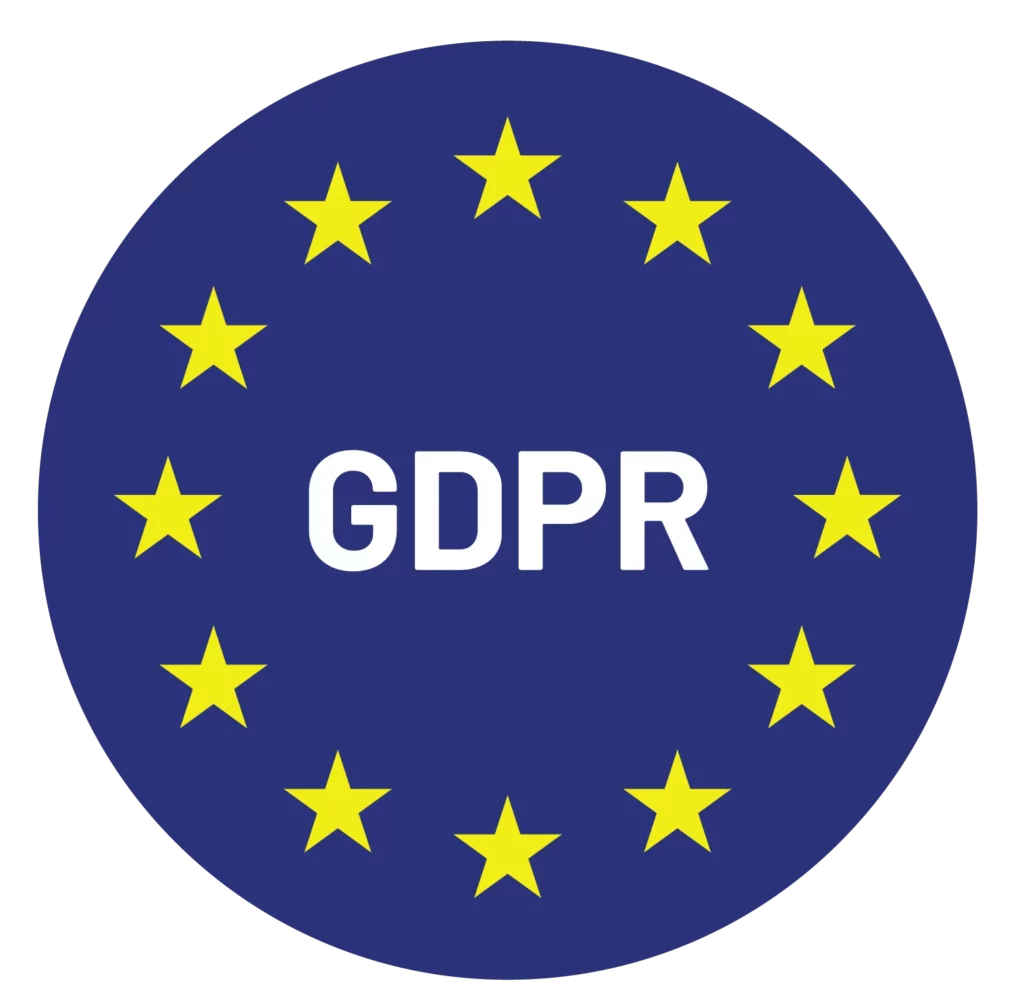Before we tell you how to build a strategy for social media marketing for therapists, you should check out our blog on marketing strategies for therapists and counsellors from a wider angle that will help set a strong base for your social media game.
Social media may be just a part of the full marketing strategy for therapists, but it carries a significant weight in terms of what it can help you achieve from a business point of view.
So, let’s get right into it. Some strategies we’ve listed here cover general social media best practices, regardless of the business or profession one belongs to. Others, however, are specific to therapists and counsellors, in keeping with the sensitive and unique nature of the profession.
1. Create content that builds demand
The content you share in your professional social media accounts is going to pertain to your profession. But even within that, it helps to have a clear strategy in terms of what each piece of content is intended to achieve for you. Vanessa Lau, an entrepreneur who trains professionals to sell their services with the help of social media (specifically Instagram) marketing, suggests the following conversion system:
- Content that builds authority: debunk industry myths, address common mistakes your audience (clients/potential clients) is making, share tips they need but don’t know
- Content that shifts mindset & beliefs: remove limiting beliefs and inspire them
- Content that addresses objections: share POVs that addresses common objectives as well as testimonials that showcase social proof that your methods bring success
Categorising your content pieces will help keep you organized when it comes to creating content. Also, this mix of content categories is designed to steer potential clients towards your services. After all, your social media strategy needs to help you bring in clients and not just be a content generation machine with zero impact on your business.
2. Apply the 80:20 rule
Often, people keep their professional and private accounts separate, and that is a good practice to follow. However, sharing some bits of your personal life on your professional account helps you be more relatable to your audience. You don’t need to share overtly private information but some behind the scenes of your workday, a bit about your pets (if any), how you deal with challenges in your day to day, or perhaps your hobbies will be enough to make your account a bit more ‘human’ and approachable. That, in turn, can have a positive impact on business.
A good rule of thumb: keep 80 percent of your content professional and 20 percent personal to strike a decent balance.
3. Choose the right platforms
There are many social media platforms but choosing the right one(s) is going to be crucial to the success of your marketing strategy. Which one to pick needs to be determined by understanding where your target audience hangs out. For instance, if your ideal client is a 40+ corporate employee, then you’d be better off focusing on LinkedIn. If, however, your ideal client is a 20-year-old who hangs out mostly on TikTok or Instagram, then that’s where you should be, too.
Apart from choosing the appropriate platform, it is also important to understand the nuances and uniqueness of each platform and execute your content to suit it. If you’re choosing to go with Instagram, for instance, you will need a decent mix of video, static, carousel, and story content to maximise the potential of the platform. With Twitter, you’ll need short-form text and plenty of conversations.

Building a successful therapy practice needs assistance
…and Simply.Coach can provide the right kind to you. Sign up for a free trial and find out for yourself.
4. Remain consistent
You can have a great repository of content in your kitty and choose the most relevant and successful platform, but if you are not showing up regularly and consistently, even the most impactful of content will not be enough.
Figure out a frequency that you can comfortably stick to for a sustained period, make use of the magic of content batching, and use social media content scheduling apps to ensure you’re headed in the right direction.
Another angle to the consistency aspect is maintaining brand consistency across platforms with respect to language, messaging, and styling. If an individual were to explore your accounts on all the platforms you are actively using, the experience should ideally be seamless and in sync everywhere. If any content on any platform looks/sounds different from how your brand usually comes across, then it’ll create a shaky brand experience for a prospect, which may then have an impact on the sales process.
5. Keep the conversation two-way
An often-overlooked aspect in social media marketing for therapists is that new professionals make their account simply a medium where they disseminate information and leave little to no room for conversation.
Design your content in such a way that it allows for a two-way conversation. Instead of simply posting or reposting relevant content, supplement it with a question; or make use of polls to gather more insights from/about your audience; when sharing original pieces of content, add a CTA (call to action) to enable people to engage with your content further.
Essentially, approach social media marketing for therapists with a curiosity mindset. Sure, you are the expert and have the knowledge that a layman doesn’t, but there’s a lot more you can continue to learn and gain if you encourage people to share their thoughts and perspectives with you too. This way, your audience also feels heard and is more likely to trust you and relate to you.
6. Share helpful (and credible) information
This guideline stands true regardless of whether we are using social media (or any other medium for that matter) for personal or professional purposes. The power and significance of information is that it can either empower or destroy, depending on the way it is conveyed, what the intent of the information holder is, and how they intend to use it. For this reason, it is vital that what we share is factual and comes from credible and reliable sources in a neutral & objective manner, minus any bias, prejudice, or personal projection.
This is even more important with respect to those who are in the profession of health and medicine, because their work directly affects the lives and wellbeing of others.
7. Put out disclaimers
In the profession of healthcare (mental, physical, emotional, or spiritual), great responsibility lies in the hands of those who are claiming a certain expertise in their respective field.
This means that such professionals need to ensure that there is a clear disclaimer on relevant posts about the subjectivity of the information and that such information should not be used to replace an actual medical diagnosis or treatment.
8. Never do therapy work on non-clients
Never make the mistake of treating your audience like a paying client. Why, you ask? Firstly, you cannot verify the identity of the person behind the screen and wrong information can get into the wrong hands who may put it to use in an irresponsible manner. Secondly, and arguably more importantly, that would not be the right way of conducting a practice – casually and without involvement. A healthcare practice requires full commitment from the patient/client, their consent, access to medical history, a licensed practitioner, and a committed environment & duration. You may share general information that doesn’t require too much personalization. The specifics of your practice should only be shared with concerned individuals who want to know more about your services and hire you.
This concludes the basic tenets of social media marketing for therapists, and the same would apply to advertising for therapists as well. There is, of course, more that can be done in terms of social media strategizing for therapists and counsellors, once you have a hold over this foundation. So, go ahead and familiarize yourself with the learnings and start applying them to your therapy practice and watch the results unfold right in front of your eyes!
Sources:Mind Money Balance, Therapy Everywhere, My Therapy Flow, Yoyofu Media, Josephine Hughes
FAQs
1. How does social media help psychologists?
Social media can help psychologists to get the word out about their practice and their unique methodologies. One can create fresh content or get inspired by existing ones to communicate what they do and how they can help a specific set of people.
2. How do I promote myself as a psychologist?
You must create a professional account on the right social media platform, to begin with! Start sharing valuable content, keep it interactive, engage with your audience, and talk about what you can do and how you can help. Those are the basic tenets of promoting yourself as a psychologist on social media.
About Simply.Coach
Simply.Coach is an enterprise-grade coaching software designed to be used by individual coaches and coaching businesses. Trusted by ICF-accredited and EMCC-credentialed coaches worldwide, Simply.Coach is on a mission to elevate the experience and process of coaching with technology-led tools and solutions.
Read More:
9 Effective Marketing Strategies for Therapists to Build a Stronger Client Base
What Are the Top 3 Therapy Business Challenges?
8 Factors Therapists Should Consider When Choosing a Practice Management Software
Setting Healthy Boundaries on Social Media: A Guide for Therapists and Counsellors
Top 6 Time-Saving HIPAA-compliant Software for Therapists and Counsellors

Content Marketing Manager @Simply.Coach
Ipsita Nayak is a full-time writer-editor-content strategist and a part-time NLP coach & yoga teacher. She believes conventions are overrated, has a disproportionate need for solo time over social time, and loves a good mix of sci-fi and trashy TV in her free time!









